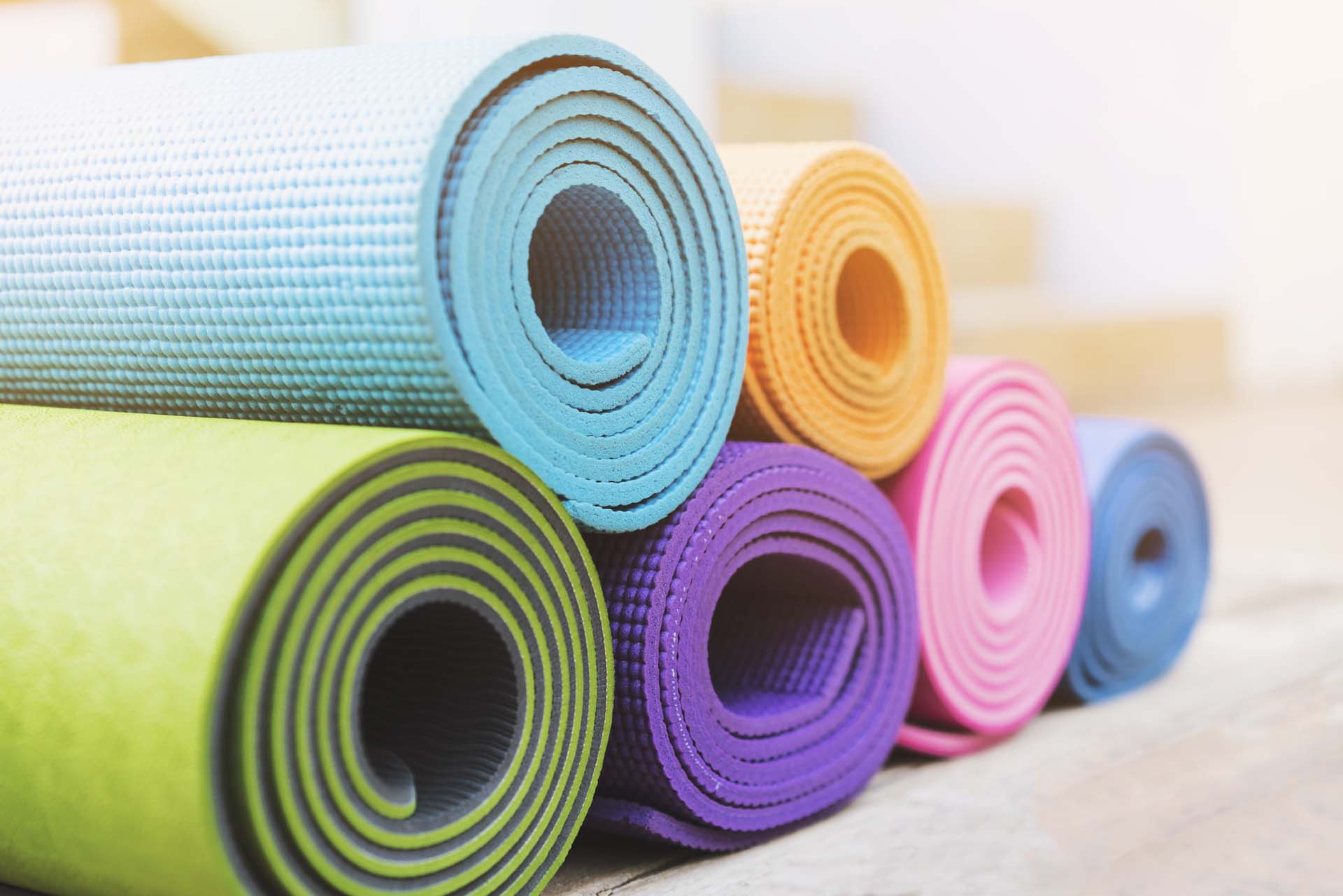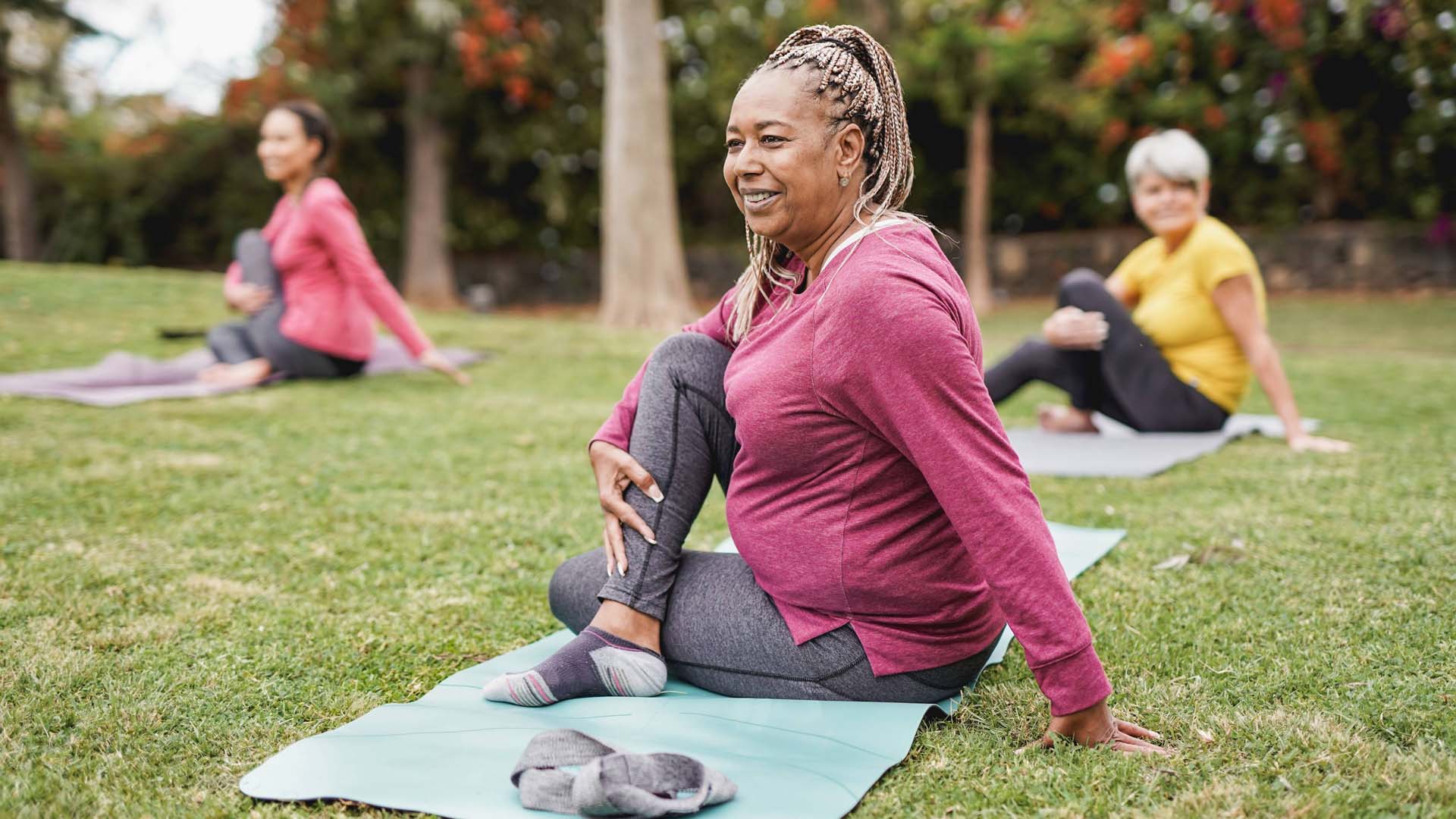
Yoga is more popular than ever with half a million Brits attending regular yoga lessons and enjoying all its health benefits.
But that still leaves millions of us who haven’t given it a go, because we think that we’re too stiff and creaky or that sitting cross-legged on the ground is only for primary school pupils.
Yes, yoga terminology can be confusing, and pictures of social media influencers in impossible poses can be off-putting, but that’s not the real picture at all.
We promise: yoga really is for everyone. No matter what your age, size, fitness or experience, it’s never too late to start.
Yoga originated in India more than 5,000 years ago and still uses Sanskrit, one of the oldest languages in the world, for its terminology. Yoga means to ‘join together’, and focuses on the joining together of mind, body and spirit through postures, breathing and meditation.
Monks started to spread their knowledge of yoga in the West during the late 1890s, but it wasn’t until the 1970s that modern teaching started to become popular.
Fast forward to now and it’s a global phenomenon.
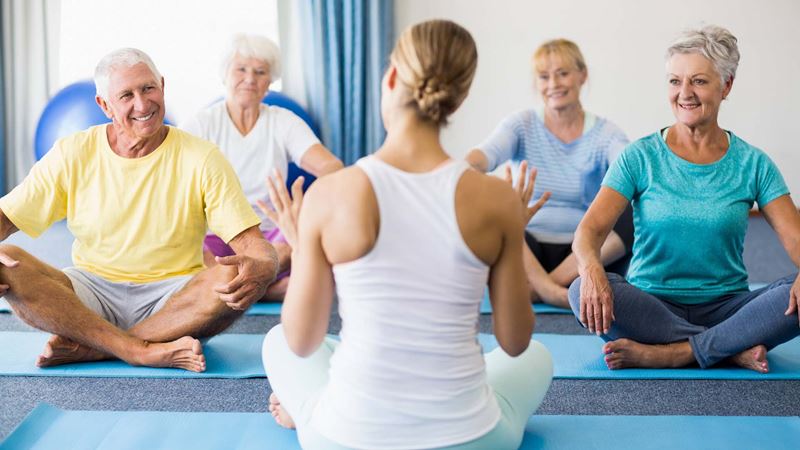
If you start looking up yoga classes, there are a bewildering array of exotic names for different sessions: Ashtanga Yoga (the fastest and hardest form of yoga), Bikram Yoga (takes place in a room heated to 41 degrees), Nidra Yoga (a type of yogic sleep) and many others.
Different forms, suit different people, so we've demystified this by explaining exactly which types of yoga are best for you.

A 2020 study by the University of Westminster of almost 2,500 people practising yoga found numerous reported health improvements. The study showed that more than 80 per cent of those taking part found yoga had improved their physical health, mental health, stress levels, strength and flexibility. More than half in the study said yoga improved their sleep, too.
Yoga can also spice up your sex life. A study in The Journal of Sexual Medicine found that yoga improves the sex life of women. In the programme, 40 women over 45 were enrolled in a 12-week yoga programme and they all reported improved desire, arousal and even orgasms by the end of the study thanks to the regular yoga practice.
It works for men too. An Indian study showed yoga improves sexuality and can help ease sexual dysfunction problems.
But before you get over-excited and dive straight into a wide-legged forward fold, you’ll need to know a couple of things before you get started.

Is yoga really for everyone? How could you possibly stretch and twist into postures, if like us, you groan when you try to get up out of a chair?
Chris Taylor, from Nottingham, has been teaching yoga for 25 years, including working with Premier League football clubs and the Rugby Football Union.
His mantra is: yoga should serve the student, meaning you’re able to take from it what you need, not have to match up to some unwritten standard. So whatever your age, shape or ability, yoga moves can be adapted to suit you.
Taylor says: “People see some of these impossible poses online or on television and think that is what yoga is all about. It might be for a very fit twenty something, but not for someone later in life. As we age, our bodies naturally change, and we have to adapt to what serves us best.
“The majority of my students are now over the age of 50 and they say they are moving better now than they have ever done because of yoga."
“We can all breathe – which means we can all do yoga. Chair yoga is an option for some but most of us can get down onto the floor and take some breaths.
“That is the most important pose of all for me and the beginnings of a yoga practice. If you can do that, then you can do yoga.”
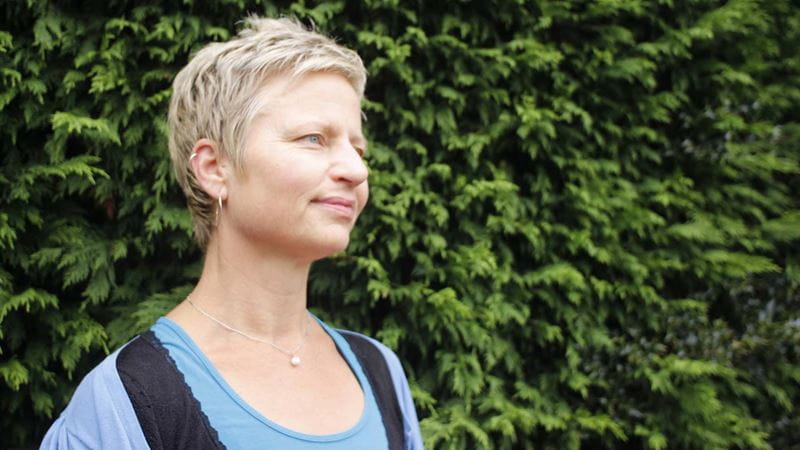
Suzi Griffin (pictured above), a yoga teacher and yoga therapist from Bristol, agrees.
“Many of us feel that we should be taking it easy as we grow older, but that is actually what we shouldn’t do. Being inactive will cause more physical problems.
“People obsess about flexibility but for me yoga improves our mobility – whether it’s being able to reach for something on a high shelf or improving our balance. As we get older these are benefits that can make a big difference to our quality of life.”
Both Taylor and Griffin advise that if you have any injuries or health issues, speak to your doctor before starting any classes just to get the go-ahead.
The great thing about yoga is that you can get going today, whether you join a class local to your home, take part in a virtual class or follow a yoga video.
Finding an instructor and class you love makes a big difference, so how do you find one that suits you?
There are yoga classes all over the UK and, besides benefitting from the practice itself, it’s great to get out of the house and meet new people. To find a class, Taylor recommends asking friends and neighbours.
“The best recommendations are ones from people you know, but you can also search on the local pages of social media for recommended instructors.”
Have a scroll through your phone book or social media to see if you’ve got any friends able to make a recommendation – but failing that, another option is the The British Wheel of Yoga which has a searchable database of its qualified instructors.
But how do you ensure the class won’t be too advanced for you?
Taylor adds: “Get in touch with the instructor and tell them about yourself. Your age, fitness and what you’d like to get out of the class. The instructor will want you to be happy, so they will recommend what option works best for you.”
Griffin says to those nervous about starting: “You may want to start with a one-to-one session, just to get more confidence. Remember: yoga should be fun.
“All postures can be modified to suit different abilities so don’t be afraid to speak up if something is difficult. Yoga should be a journey of self-care and self-acceptance.”
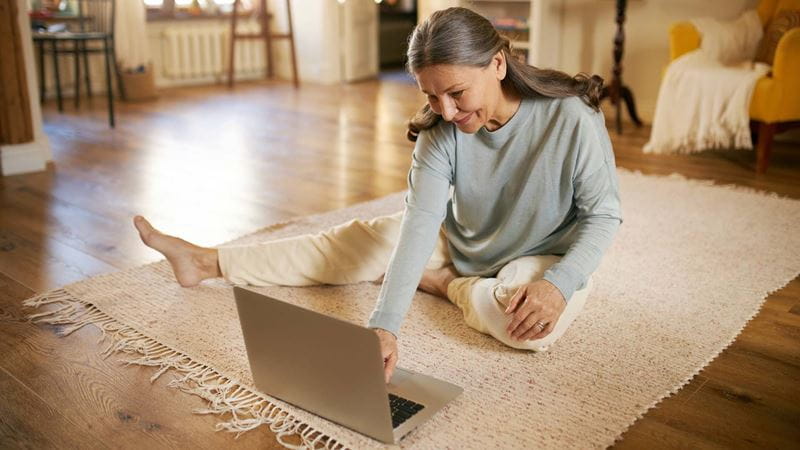
Lots of people now practice yoga using online or virtual classes. The most famous is Yoga with Adriene, which has more than 11 million subscribers worldwide, and many members of our team use it regularly. But there are hundreds of different online classes and instructors to choose from if Adriene’s style and demeanour isn’t right for you.
InstructorLive is one of the top on demand fitness platforms in the UK, and provides free videos for the NHS YouTube channel.
InstructorLive yoga instructor Jade Gooding (pictured below) told us: “Online classes can be a great way to start for a beginner, as you don’t feel as self-conscious as you might in a large group class. Practicing in the comfort of your own home can also allow you to feel safe, with no judgment from others.
“Beginners do raise concerns that they may get the postures wrong if they don’t go to an in-person class, but in an online class I use verbal cues to explain in a lot of detail about what you should be doing, the alignment, placement and how each posture should feel.
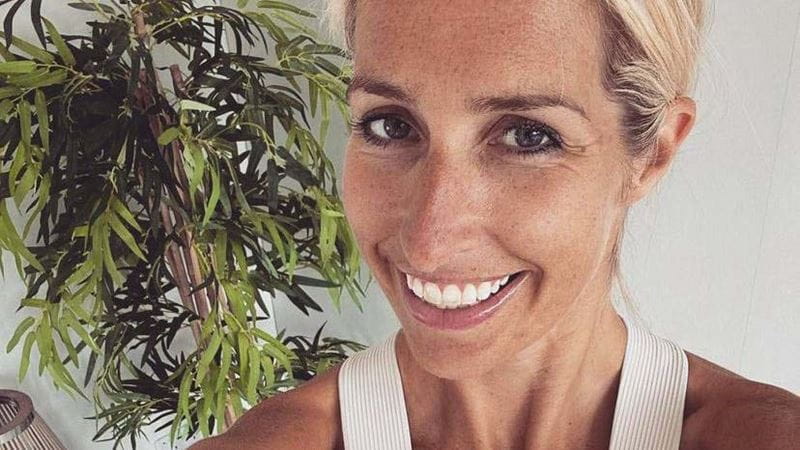
“Yoga should be about how the movements make you feel physically and emotionally, not about how you look. Everyone is unique and nobody will look the same during a practice. We must never compare ourselves to others because we are all different.”
Gooding recommends trying different styles of yoga and instructors until you find one that really resonates with you.
Her message is to be patient and don’t expect to be perfect straight away. She says: “If you can only do three out of five postures in the class, then be proud of those three. Don’t beat yourself up if you can’t do something and if you wobble in any of the balancing postures, then that is completely normal.
“But while you don’t want a class to be too difficult, you do want to be pushed out of your comfort zone a little, because that’s how you’ll improve.”
There’s no need to rush out and buy an expensive yoga outfit before you give it a go. All you need are some clothes that you feel comfortable in, which allow you to move freely.
Avoid clothes with zips or fastenings which could dig into your front or back. Also try to avoid a really loose top or t-shirt as it could slip down over your head during a forward-leaning move like downward dog. Trust us. If your top is baggy, make sure you can tuck it into your waistband.
Leggings are ideal for women and men often opt for tracksuit bottoms. The majority of people practise yoga barefoot to allow them to grip with their feet, but if that’s an issue for you, you can buy non-slip yoga socks.
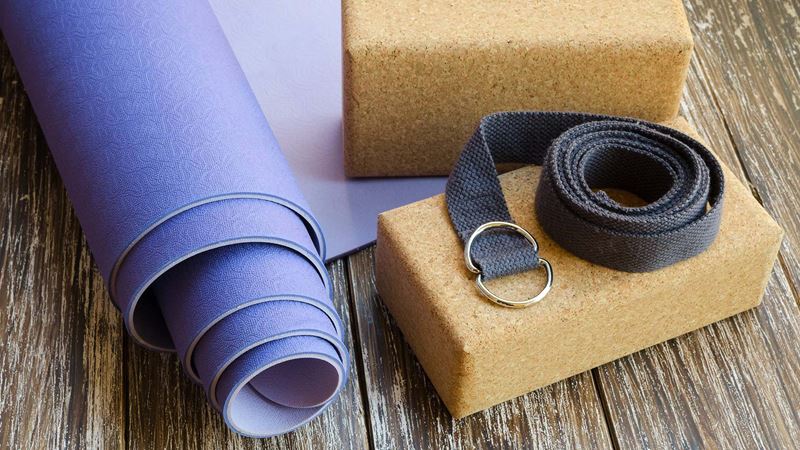
If you want to try yoga at an in-person class, you can normally borrow a yoga mat from the teacher (it’s a good idea to check first) or if you fancy following an online class or YouTube video, you can get away with putting a towel on the floor for the first time.
But if you want to continue, a grippy, cushioned yoga mat is the one piece of equipment you need to buy. To start with you could get an inexpensive mat from your local supermarket, but if you start doing yoga regularly it’s really worth taking time to choose the right thickness yoga mat for you.
Your instructor may suggest using additional props during a class, such as a strap to help you stretch or blocks which are useful to prop your hands on when you can’t reach the ground during a forward fold. Again, in a class you can likely borrow these.
If you practice at home, get through a few sessions before deciding to invest. You could use a dressing gown belt or scarf as a strap, a book instead of a block and a pillow or blanket from your bed or sofa in the meantime – and when you do upgrade to something ‘proper’, you’ll really feel the benefit.
So, now you know how to get started in yoga, why wait? Taylor suggests this simple exercise if you’ve never tried yoga before and you can try it right now... although we’d suggest finding somewhere private if you’re reading this on a mobile device:
“Get a towel or just lie on the carpet or a rug. Put a pillow under your head if that is more comfortable. Then just observe your breath, and as you exhale, feel the releasing of your body towards the ground. Are you tense anywhere, gripping in your neck, shoulders, arms or legs? Allow yourself to relax as you exhale and let yourself go.
“Once you are comfortable doing that, try lifting one arm up and then gently lowering it back down again and then do the same with the other arm. Repeat it a few times.
“Then draw your knees in to the chest, and let your legs slowly extend towards the ceiling, allowing the breath to be relaxed and undisturbed. Repeat a few times.
“That’s it... You’re now doing yoga!”
Phillipa Cherryson is senior digital editor for Saga Magazine. Phillipa has been a journalist for 30 years, writing for national newspapers, magazines and reporting onscreen for ITV. In her spare time she loves the outdoors and is an Ordnance Survey Champion and trainee mountain leader.
View author page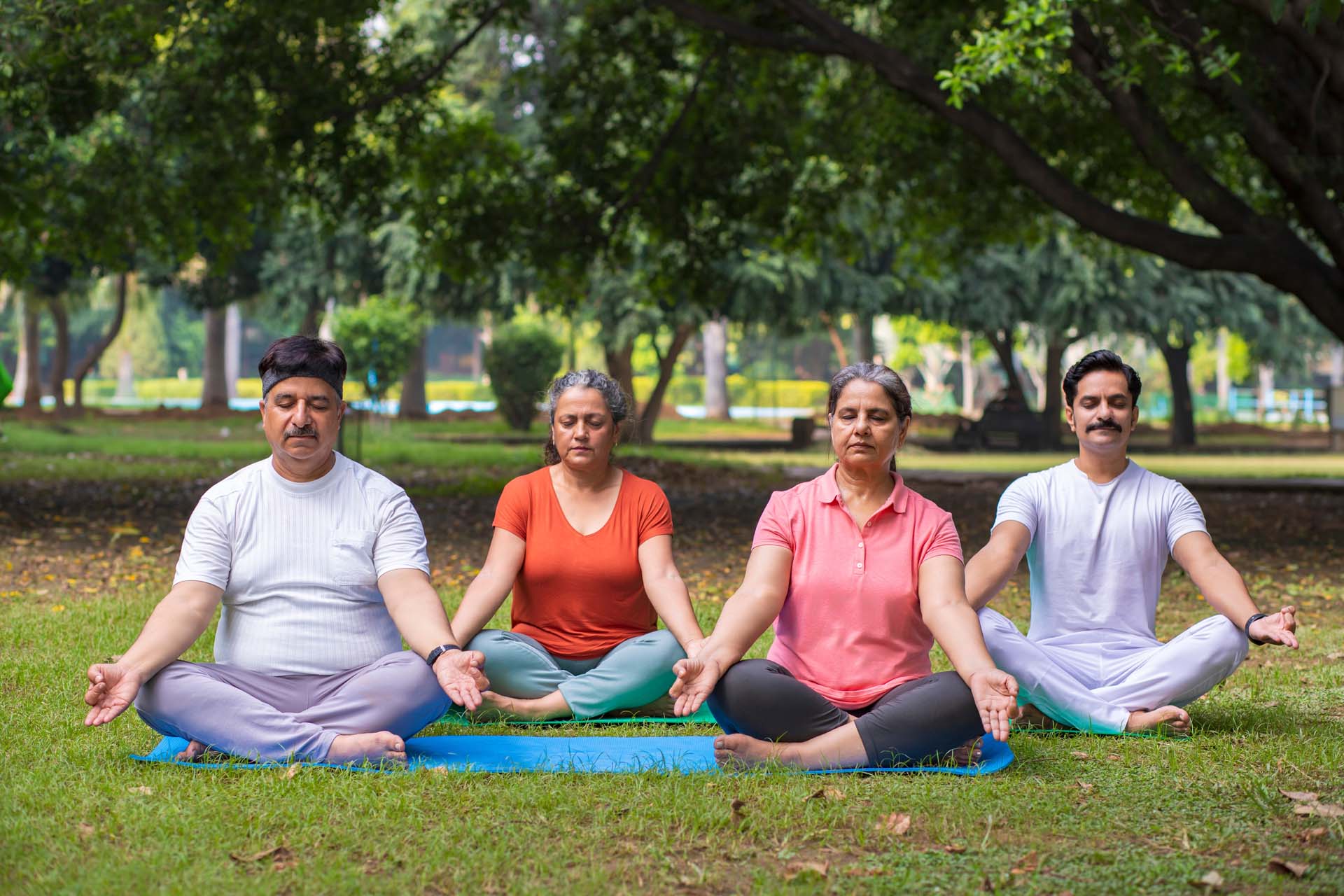
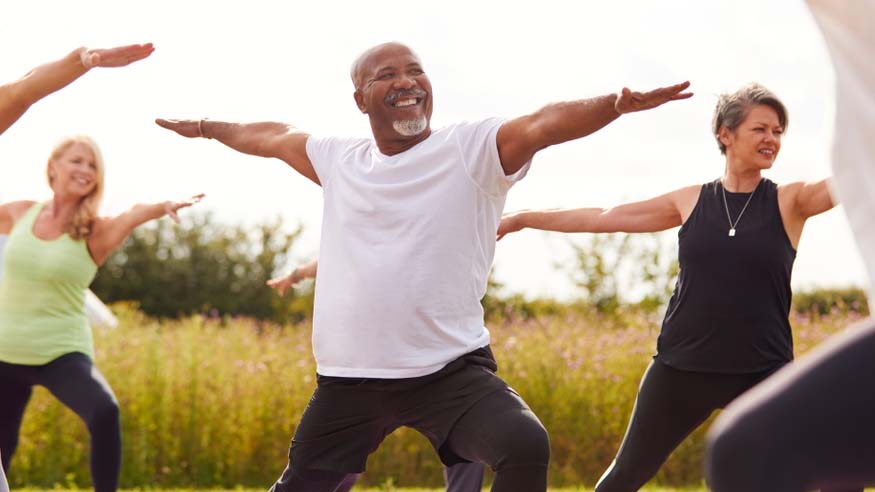
Yoga is a great exercise for everyone. If you want to have a go, but don't know where to start, try our best beginner yoga poses
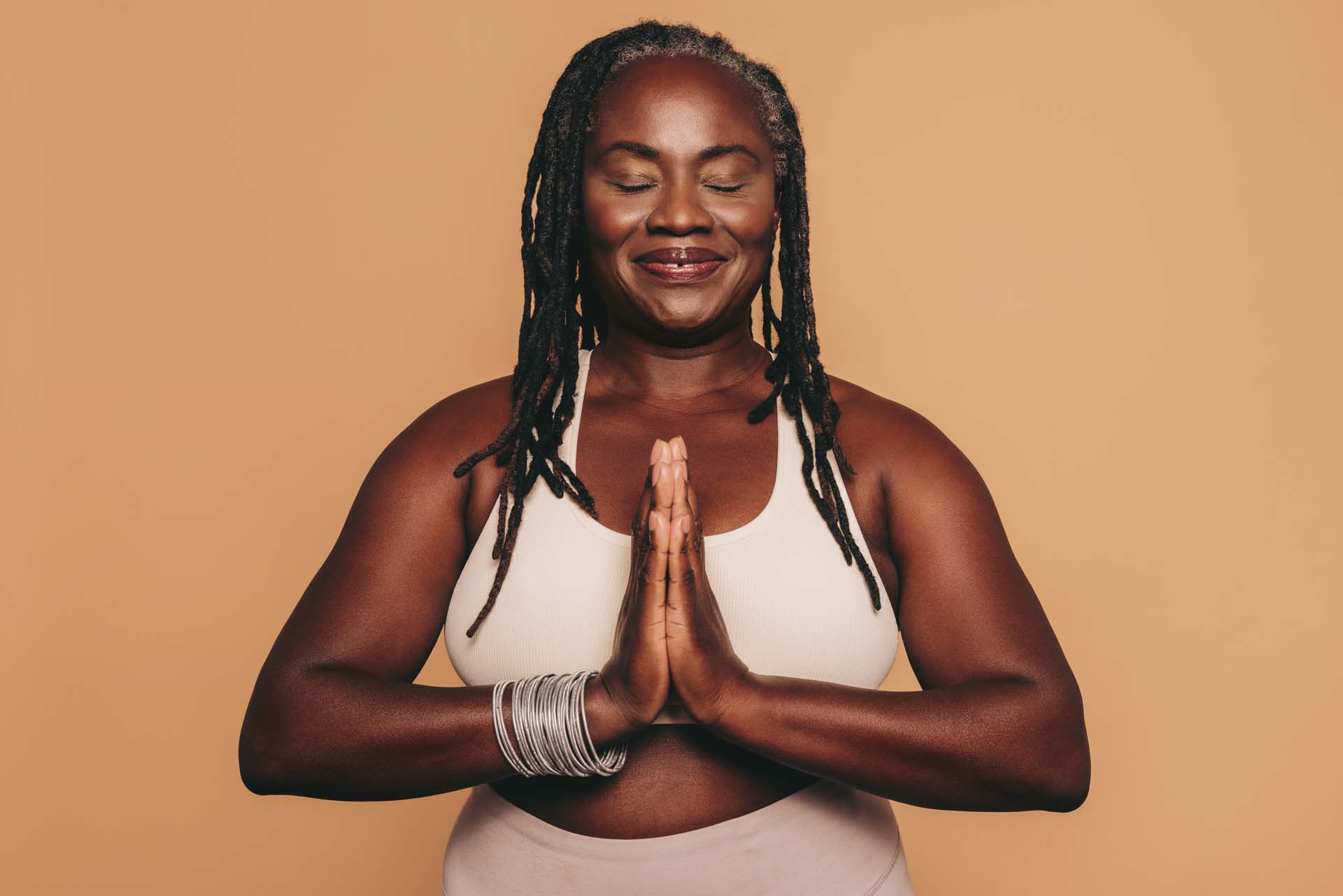
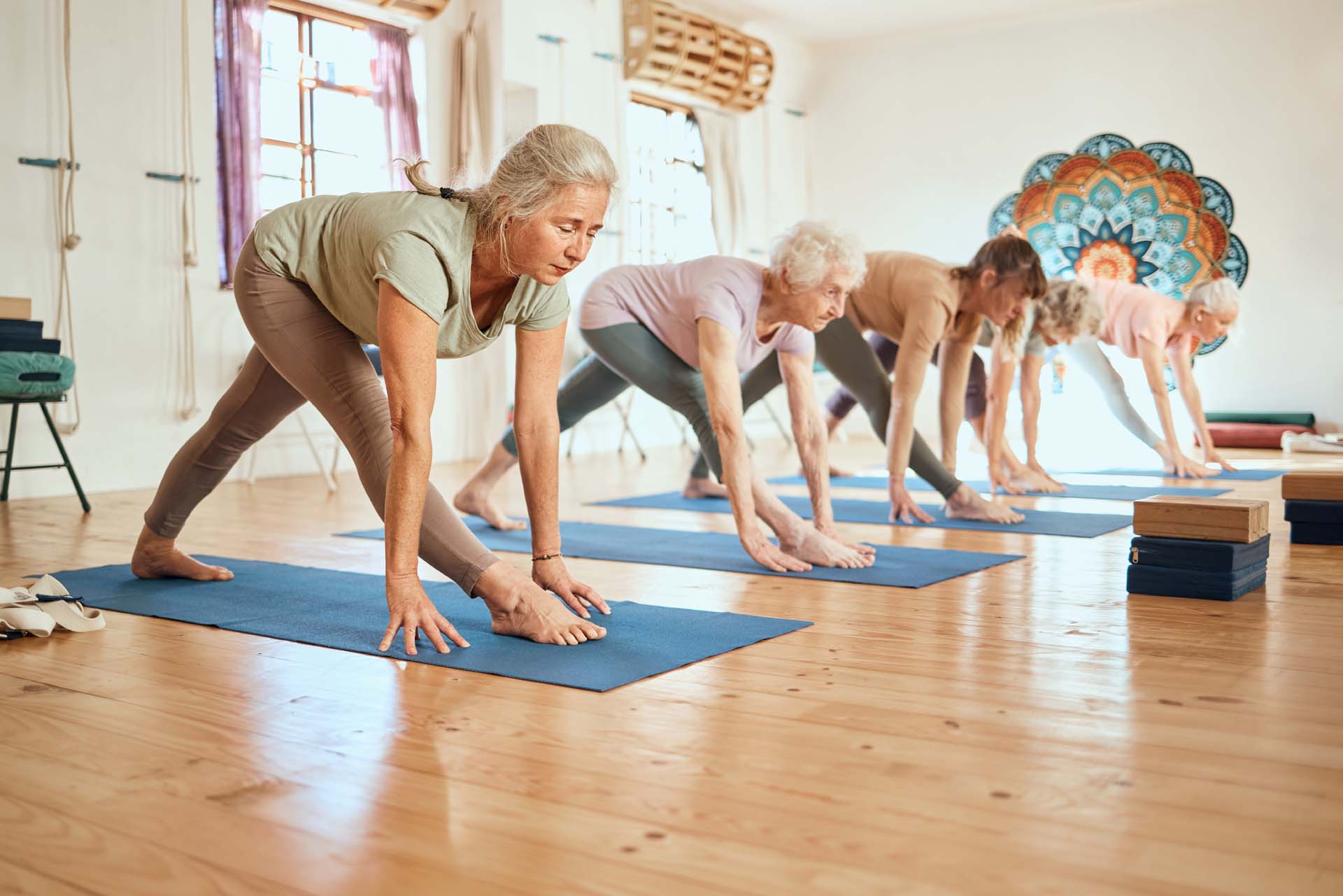
The best yoga poses to build strength and make your life more comfortable
